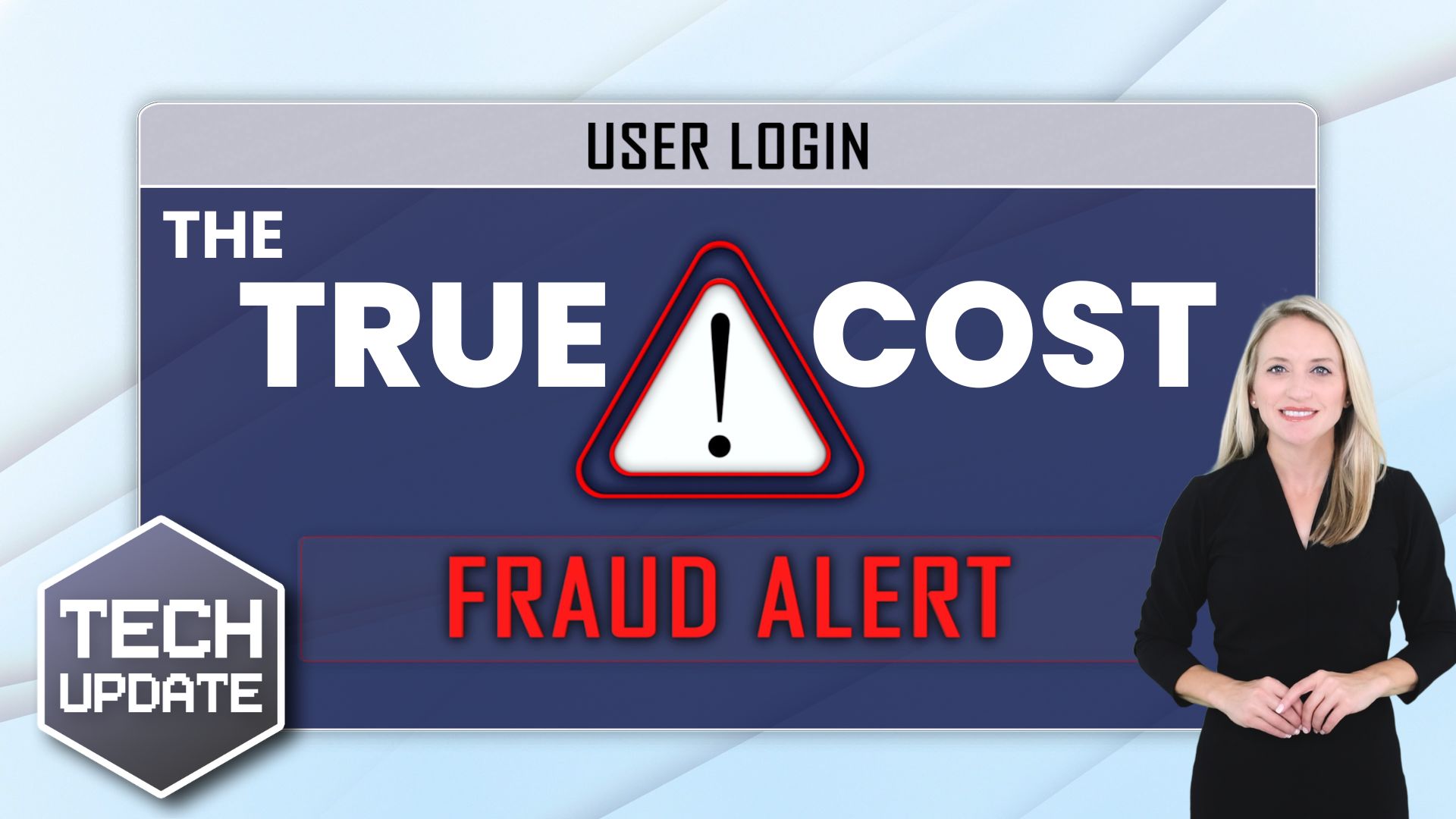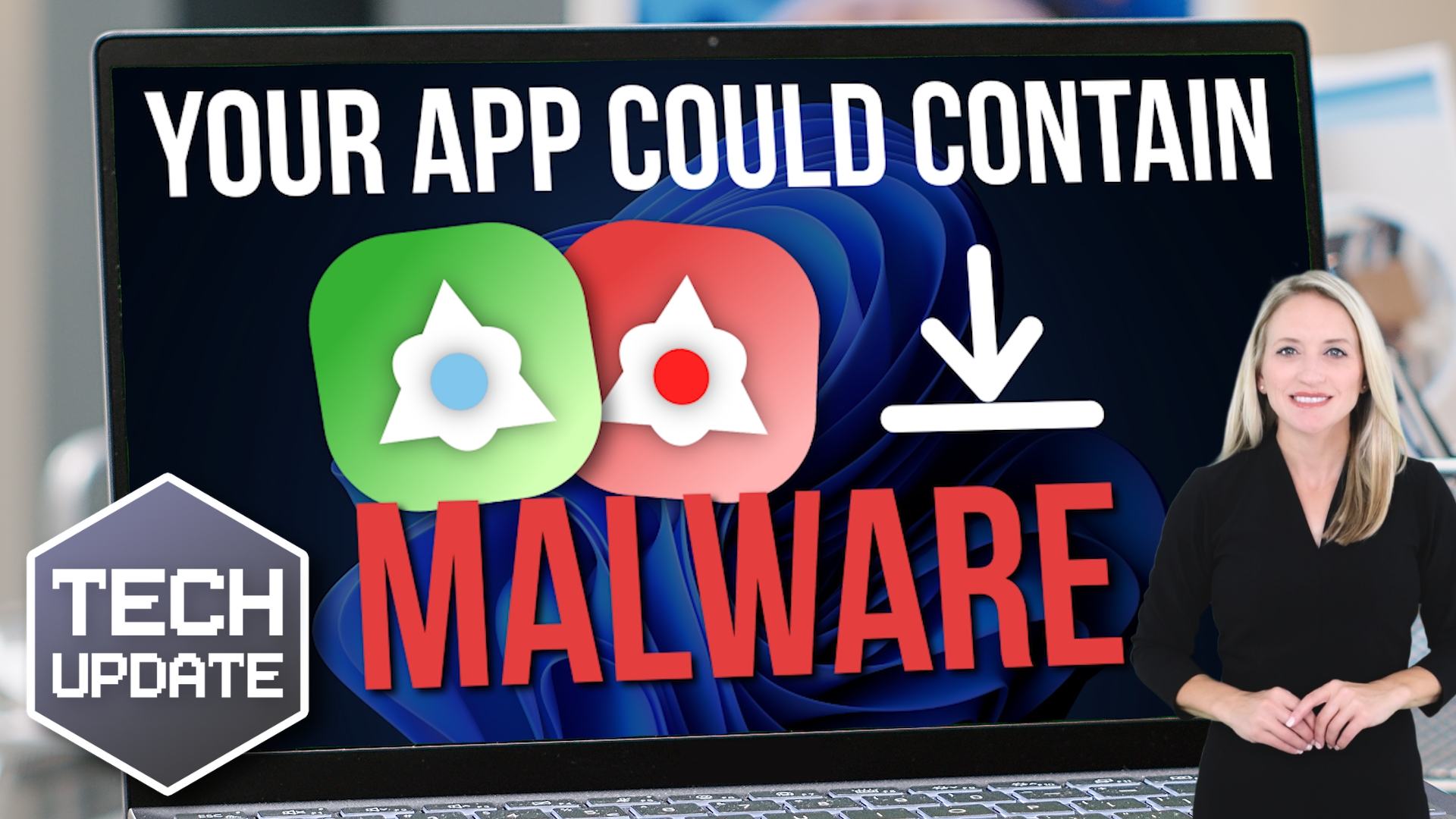How Identity Fraud Could Be Draining Your Business—And What To Do About It
Have you ever wondered how much fraud could be quietly costing your business?
Many people think fraud only targets big corporations with massive payrolls and entire departments focused on security. But the truth is, small and mid-sized businesses (SMBs) are just as vulnerable—sometimes even more so.
Why Small Businesses Are At Greater Risk
The reason? Smaller companies often don’t have the same level of protection, cybersecurity tools, or training as larger organizations. That makes them easier targets for scammers looking to exploit trust and routine business practices.
A fast-growing threat is identity fraud—when someone impersonates a trusted contact to gain access to money, sensitive data, or business systems.
This could be as simple as a fake email that looks like it’s from your finance manager requesting a wire transfer. Or a criminal using stolen login credentials to sneak into your accounting software or communication tools.
And most of these attacks?
They start with something basic: stolen usernames and passwords.
The Role of AI in Modern Fraud
Thanks to advances in artificial intelligence, scams are now far more convincing. AI tools can create emails, voice messages, and even deepfake videos that are nearly impossible to distinguish from the real thing.
That’s why nearly 7 out of 10 businesses report an increase in fraud attempts. And without the right precautions, it’s easy to fall into the trap.
The Good News: Protection Is Possible
The upside is that more businesses are fighting back—and winning. Tools like biometric authentication, device recognition, and AI-powered fraud detection are helping companies of all sizes spot suspicious activity before it causes damage.
Even small changes to your security practices can reduce your risk significantly.
Here are a few smart steps you can start with:
-
Use strong, unique passwords for every tool or platform—ideally, generated by a password manager.
-
Enable multi-factor authentication (MFA) so that logging in requires a second verification step (like a text message or app code).
-
Train your team regularly to spot suspicious emails, texts, or messages and know what to do next.
These measures don’t have to slow you down. In fact, the goal is to create simple, smart security that works for real people—not just IT experts.
Don’t Wait Until It’s Too Late
Fraud isn’t just a problem for “someone else.” It’s a growing threat that could affect your operations, reputation, and bottom line. But with the right tools and awareness, you can build a stronger defense.
Need help reviewing your current security setup or choosing the right tools for your team? We’re here to make it simple.
Next Steps
Are you looking for a new IT service provider? Check out our free guide that explains how to choose your next IT service provider for some quick tips to get you started! Schedule a free 15-minute discovery call with someone from our team to see if we’re a good mutual fit!







